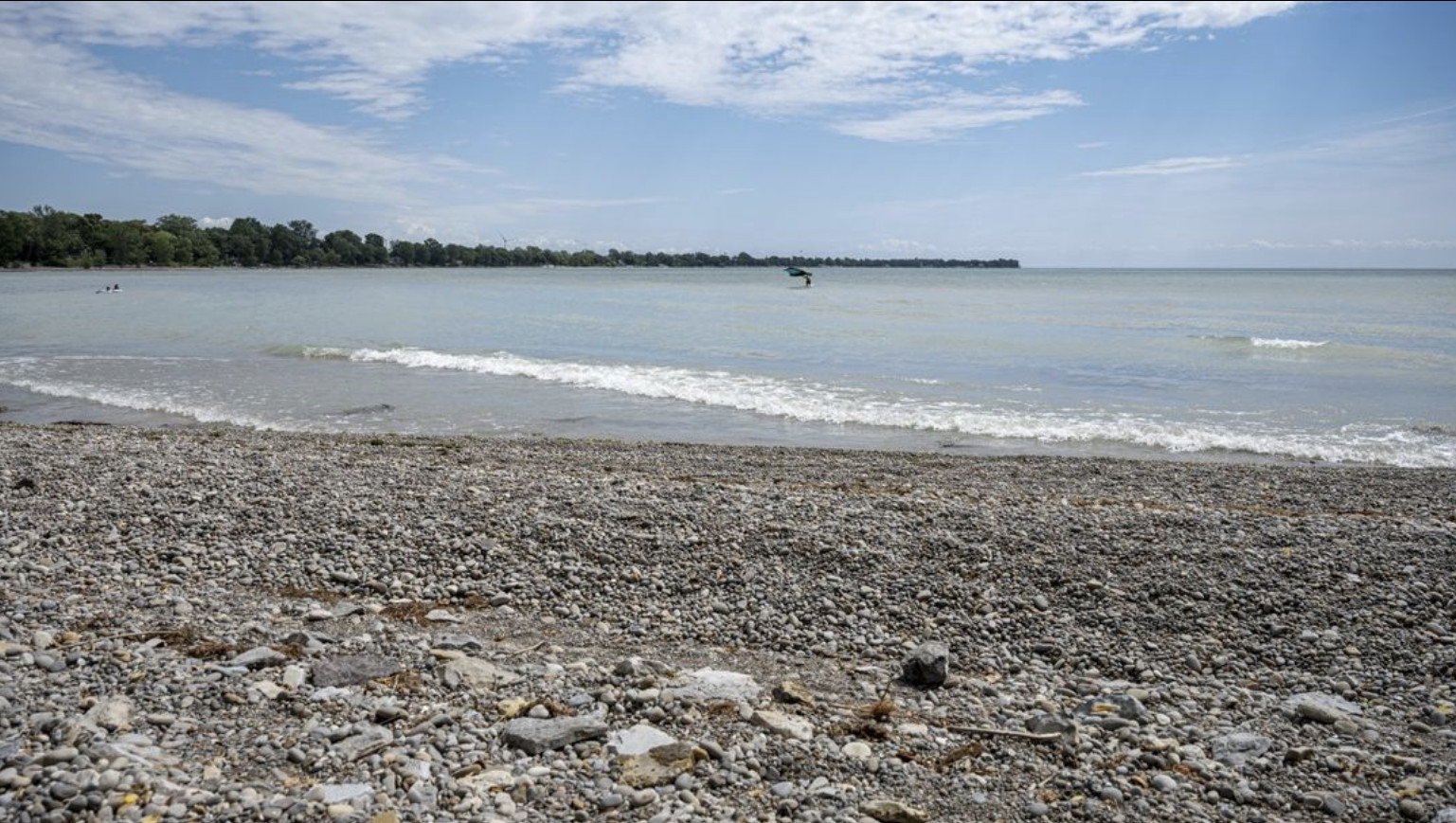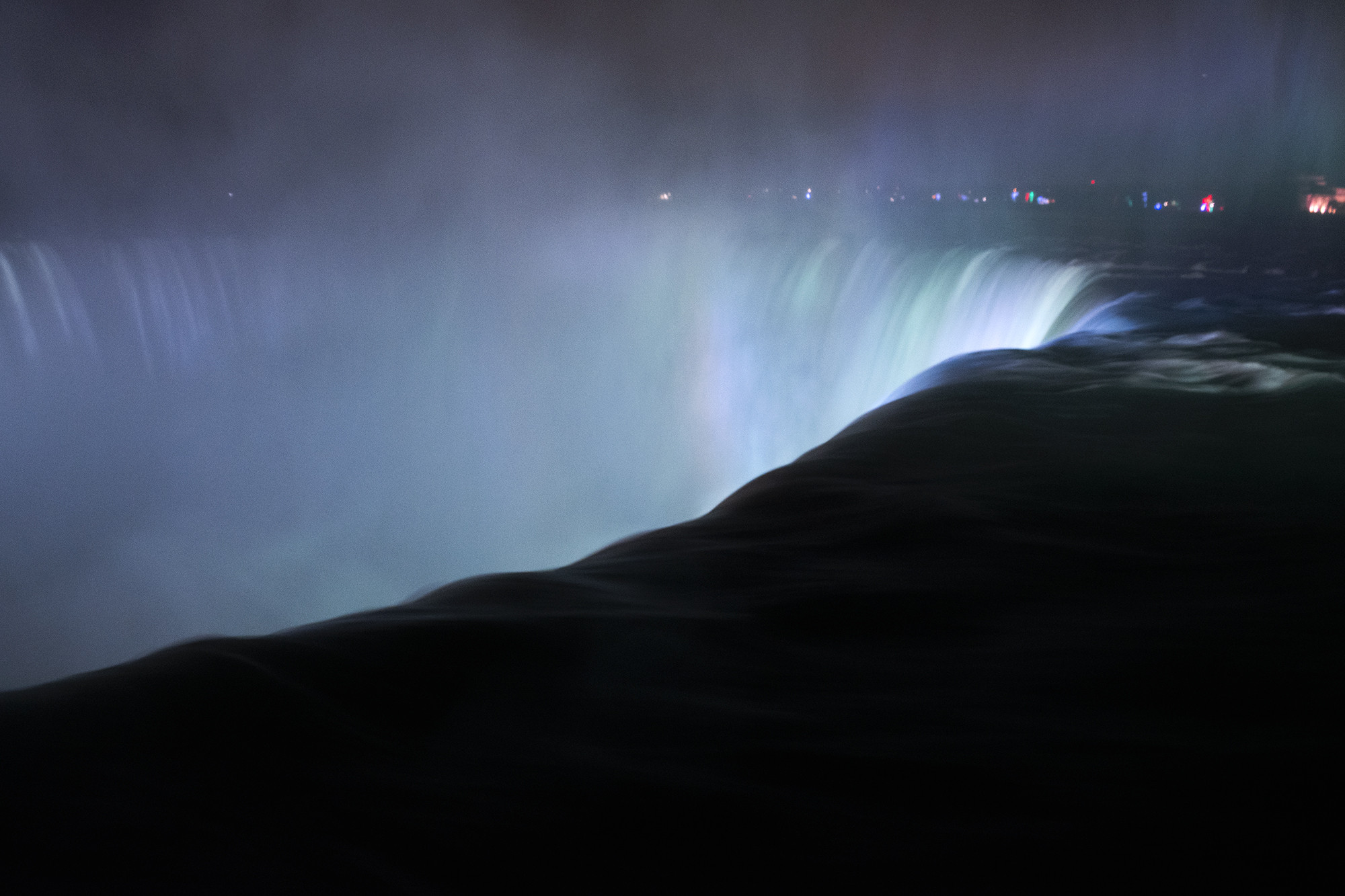
Surrounded by water and vital greenspace, Niagara will suffer significant impacts from Ford’s housing plan
The cold water flows more like a clean sheet of glass than a rushing river…until it reaches its awe inspiring drop. Millions gather each year to witness its 90-degree turn, falling nearly 200 feet before exploding into the surface below.
Niagara Falls.
For tourists, this natural wonder of the world defines the region, but for the local watershed the Niagara River represents much more.
It is a large part of what makes the region one of the most unique hydrologic systems in Canada. Wedged between Lake Ontario in the north and Lake Erie to the south, with the Niagara River establishing its eastern border, the region is surrounded by water on three sides.
Niagara Falls is the most dramatic section of the Niagara River, dividing it into the upper and lower portions, which connect two of the Great Lakes.

Niagara Falls defines the watershed of the Niagara peninsula, but the complex hydrological workings of the area are much more than a single waterfall.
(Alexis Wright/The Pointer)
“The Niagara Peninsula is in a unique landscape,” Leilani Lee-Yeates, director of Watershed Management at the Niagara Peninsula Conservation Authority (NPCA), says. “We have the Niagara Escarpment, across the two Great Lakes plus the Niagara River itself.”
It is this unique landscape that has driven much of the NPCA’s opposition to Bill 23, which would gut the mandate of conservation authorities in the name of building more subdivision housing.
Lee-Yates said one of the NPCA’s main concerns is the blanket approach taken by the legislation, using a one-size-fits all plan for how conservation authorities should deal with water protection. To an outsider, a uniform strategy might seem like a good idea and, in turn, create stronger legislation. But Lee-Yates stresses the jurisdiction each provincial conservation authority protects is unique and approaches to watershed protection require individualized responses.
For example, climate change will cause greater volumes of precipitation, more extreme storm events, and a higher chance of droughts and flooding—and for an area surrounded by water on three sides this threat will need to be considered within its own local context.
But Bill 23 prevents conservation authorities from being a part of the discussion on new development projects, effectively barring them from communication with local municipalities when new development proposals are considered, even if there are obvious impacts to the watershed.
The Doug Ford PC government has shown it is unwilling to consider the risks of its decision. Building homes or businesses closer to wetlands, rivers or lakes—or in the floodplain that lies adjacent to them—can impact future homeowners when basements flood and other damage to property occurs, on top of the risk to personal safety during severe events. Ontario is already behind in preparing its municipalities for the urban flooding that will come as a result of a warming climate.
In early December, provincial Auditor General Bonnie Lysyk published her annual reports which found Ontario is at increased risk of major flood events.
“The Province does not have effective systems and processes to reduce the risk of urban flooding in Ontario, or to support and encourage municipalities and property owners to reduce the risk of urban flooding,” Lysyk wrote.
Her findings did not include the potential problems that could be caused by the implementation of Bill 23, which will impact some of the province's most vulnerable ecosystems.
Many are within Ontario's wetlands where rich biodiversity thrives. Surviving wetland ecosystems are threatened by a host of issues including habitat fragmentation and polluted runoff. Development imposed by Bill 23 will add to these impacts.
Its changes to the Wetland Evaluation System will also significantly weaken protections by eliminating the concept of a “wetland complex” and making significant changes to what classifies a wetland as significant, when considering development applications.
This map identifies land where development could interfere with the function of a wetland in Niagara Region determined by a 30 metre allowance area.
(NPCA)
In the NPCA’s jurisdiction, there are over 170 wetlands that have been evaluated and more than 135 which have been identified as wetland complexes. The removal of the designation of a wetland complex means each wetland will be evaluated separately, ultimately leaving more wetlands open for development.
In the Region’s Official Plan, Niagara committed to preventing “urban development in inappropriate areas, thus contributing to the conservation of resources such as the Niagara Escarpment, the Greenbelt, aggregate areas, Core Natural Areas, and prime agricultural land.”
Bill 23 erodes the Region’s Official Plan and transfers all planning authority onto the lower-tier municipalities, making each of the 12 towns and cities within the region responsible for complex, often interconnected planning issues, despite the impact on the broader region.
The rapid development of housing in the Region will also impact local water systems—2021 studies found the majority of monitoring stations already showed troubling levels of pollutants.
“We have known for some time that the NPCA watershed is functionally degraded to a high degree,” wrote Geoffrey Verkade, Senior Manager of Integrated Water Strategies, in a post on the NPCA website. “It consistently exhibits poor water quality, fulfilling the adage ‘what we do on the land is reflected in the water’.”
Rapid development leaves room for a lot of chemical runoff and debris to end up in the water system, polluting lakes and rivers. A previous investigation by The Pointer in the jurisdiction of the Credit Valley Conservation Authority found that concentrations of chloride, mainly from the application of road salt, were in some places three times higher than levels that can cause acute harm to wildlife.
The pollution of the water systems across Niagara Region lead to further accumulation of tainted water downstream eventually making its way to Lake Erie, which provides drinking water to nearly 11 million people in Canada and the United States.
Sophisticated filtration systems do their job, but higher levels of chemical and other contaminants make this more challenging.
While the passing of Bill 23 has been described by the NPCA as an environmental threat, Lee-Yates says there are actions that can be taken to ensure more sustainable development.
“Things such as clean infrastructure and low impact development, and what can we do to support that and advocate for that through innovative design, through the development review process,” she says. “And also, of course, ensuring that our watershed and our regulated features and areas are protected and enhanced where we can and to build that resiliency within our watershed.”
The potential consequences of Bill 23 have not gone unnoticed. It has received pushback from municipal leaders, activists, and conservation authorities from across the province and even some builders came out against the legislation.
“The Conservation Authority community in the municipalities, and members of our watersheds, communities, really put forward a strong voice and our concerns on Bill 23,” Lee-Yates says.
NPCA staff mapped provincially significant wetlands, complex and non-complex wetlands and other special features in order to demonstrate to the province the impact that Bill 23 could have on wetlands.
(NPCA)
In mid-November, prior to the Bill being passed, Chandra Sharma, the chief administrative officer of the NPCA, made a presentation to the provincial government steering committee that considered the legislation. She came prepared with four maps prepared by conservation authority staff that detailed the impacts of making changes to the wetland evaluation system.
“I personally feel like the committee members were listening,” Sharma said the next day at the Conservation Authority’s full authority meeting.
Despite Sharma’s hope that her points were heard, there were no changes made to the provincial legislation.
While Bill 23 received royal assent on November 28, meaning the NPCA will be legally required to abide by changes to the Conservation Authorities Act, members are not willing to let negative impacts unfold without a fight.
“At this time, we are continuing to work closely with our municipal partners, our conservation authority partners through Conservation Ontario, to now understand how it will be implemented,” Lee-Yates told The Pointer. “And then how will this look in terms of the development process here in the Niagara Peninsula watershed.”
Email: [email protected]
Twitter: @rachelnadia_
COVID-19 is impacting all Canadians. At a time when vital public information is needed by everyone, The Pointer has taken down our paywall on all stories relating to the pandemic and those of public interest to ensure every resident of Brampton and Mississauga has access to the facts. For those who are able, we encourage you to consider a subscription. This will help us report on important public interest issues the community needs to know about now more than ever. You can register for a 30-day free trial HERE. Thereafter, The Pointer will charge $10 a month and you can cancel any time right on the website. Thank you
Submit a correction about this story


